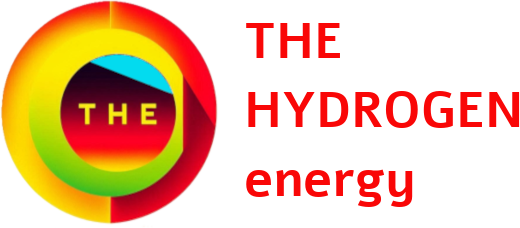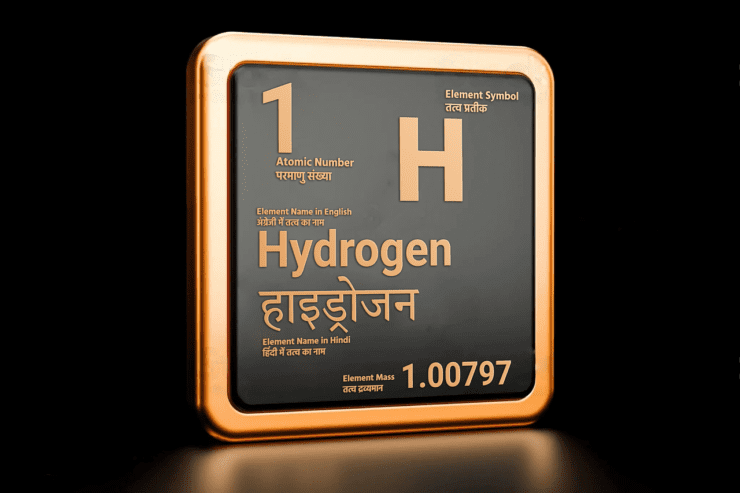Hydrogen Explained: A Deep Dive into Its Properties
What is Hydrogen? Details, Properties & Facts in detail, discussed here.
What is Hydrogen?
- is the simplest and smallest natural element
- is most prevalent, abundant element in the universe
- constitutes approximately 75% of the universe’s mass, making it the most abundant element in existence.
- On Earth, it is far less prevalent, comprising just 0.5 to 1.0 parts per million of the atmosphere, highlighting its rarity in our planet’s gaseous composition.
- is a key element in human, animal and plant tissues, fossil fuels, and countless carbon chemical compounds
- is the lightest among all the elements, gases
- creates great challenges in hydrogen storage due to its extreme lightness and high diffusibility
- exists as a gaseous substance, under standard conditions and NTP (Normal Temperature and Pressure)
- hydrogen’s simple structure, A lone electron whirls around a single proton nucleus
- exists as a diatomic molecule composed of two hydrogen atoms, denoted as (H₂)
- Free hydrogen gas (H2) isn’t abundant in nature or Hydrogen does not exist in nature (above the ground) by itself as it is highly reactive with oxygen
- Hydrogen gas (H2) makes up a negligible amount in the atmosphere, typically around 0.000055% where as (Nitrogen (N₂): 78.08%, Oxygen (O₂): 20.95%, Argon (Ar): 0.93%, Carbon Dioxide (CO₂): 0.04%)
- Like natural gas or fossil fuels, very large volume of hydrogen gas is trapped beneath the surface of the Earth (Natural hydrogen or geological hydrogen or White Hydrogen)
- is invisible, colorless, odorless and tasteless
- is non-toxic, and non-poisonous
- is non-polluting gas, non-carcinogenic with no known toxicological effects
- is highly flammable at normal, room temperature and pressure
- as a liquid is colorless or appears as a pale blue color. This is due to its very low temperature (around -253°C or -423°F) and the way it absorbs light
- as a frozen crystal (known as metallic hydrogen) of silvery or metallic gray color
- Density: Approximately 0.08988 g/L at 0°C and 1 atm
- Melting Point: -259.35°C
- Boiling Point: -252.88°C
- Solubility in Water: Slightly soluble
- Hydrogen is ~ 14 times lighter than air
- Water, (H₂O) the vital compound consisting of hydrogen and oxygen, covers about 70.8% of Earth’s surface
- is non-corrosive, but it can em-brittle some metals
- For decades, industry has safely relied and is daily using hydrogen in diverse applications, with good safety record that surpasses the overall industrial accident average rate.
Hydrogen as a Fuel and Safety
When hydrogen combines with oxygen in the normal air, it forms water vapor (H₂O) through a chemical reaction which is simply called hydrogen burning or combustion or hydrogen fire. This reaction releases a significant amount of energy, which leads to an explosion if the conditions are right. This makes hydrogen as an important fuel source. Proper handling and precautions are crucial when working with hydrogen to prevent violent explosions and blasts. Under controlled environment, burns in air with a pale blue flame.
What is Hydrogen? Details, Properties: Methods of Production
Hydrogen does not exist in nature (above the ground) by itself as it is highly reactive with oxygen in the air. Thus it must be manufactured or produced or separated or extracted from other naturally occurring compounds, elements, reservoirs hidden below Earth’s surface, biomass, all types of fossil fuels or water electrolysis, photo chemical, biological, organic or sewage waste etc.,
What is Hydrogen? Details, Properties: Green Hydrogen
Green hydrogen is produced through the electrolysis of purified water, powered by renewable electricity sources, resulting in minimal CO2 emissions. While the process is currently expensive due to the high cost of electrolysers, advancements are driving costs down significantly. As a pivotal solution in the global transition to sustainable clean energy and net-zero emissions, green hydrogen is emerging as the key clean energy fuel. Thus Green hydrogen is becoming a critical component as the world accelerates to transition to a sustainable clean energy future.
As hydrogen does not exist freely in nature and is always produced from other sources of energy, it is known as an energy carrier. Thus Hydrogen is an energy carrier, not a primary energy source like fossil fuels and can store and release tremendous amount of energy. As it burns or used in fuel cells, it only forms water vapour , no other gas emissions or by products. This makes hydrogen A Clean, Flexible Energy Carrier and a great solution to tackle various critical energy challenges in transition to net zero emissions
This article is Copyright protected







Add comment